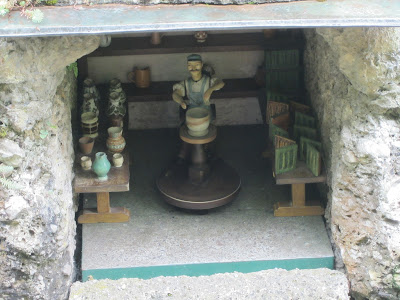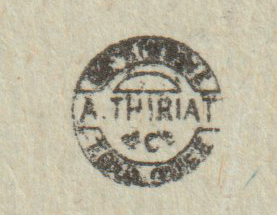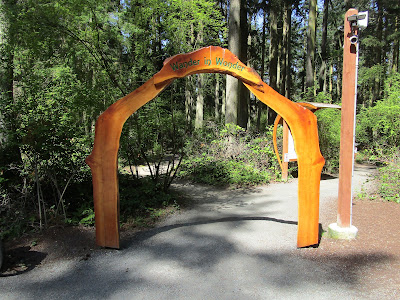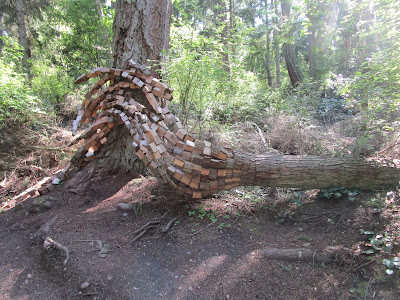Schloẞ Hellbrunn [Hellbrunn Palace], near Salzburg, Austria, 1916
It is always delightful to find a vintage postcard showing a place I have visited. This used card is dated 23 November 1916. It has a black and white photograph of one of the Hellbrunn trick fountains with part of the palace in the background. A section of the Royal Table and two of the stools are visible in the foreground. The back of the card is divided but aside from the title at the upper left on the front of the card there is no other information about the photographer or the publisher.
The front view of Hellbrunn Palace, 2014
Markus Sittikus von Hohenems developed this resort for recreation. He was the owner of Hellbrunn and the Prince Archbishop of Salzburg from 1612 to 1619. His design used the natural conditions of the property rather than the strict geometry of that era. Wherever there were springs and streams on the 60 hectares, or 148 acres, property he created fountains and creeks. Helbrunn was named for the clear spring water. It was meant to be a place to calm the spirit and enliven the senses, much like a modern spa.
Helbrunn was used as a day residence in the summer, with the Archbishop returning to Salzburg in the evening. Hence there are no bedrooms in the palace. The grounds are famous for water-games and it is a popular tourist attraction in the summer.
Guided tours are required with tickets purchased at the entrance to the park. There is also a zoo on the grounds which we did not visit. The day we were there it was overcast and rainy; however, even if it were sunny most people would opt for an umbrella and rain gear. We never knew when the guide would turn on a sprinkler. The only way into one grotto was by running through a sprinkler. The stools around the Royal Table sent out sprays of water on the guests with the only dry stool the one for the host (the Archbishop). All the trick fountains, the moving figures, and statues spouting water are run by gravity-water power. The grounds are beautiful with lots of green trees, grass, statues, ponds with fish and ducks.
Here are few photos from when Bob and I visited in 2014.
View similar to that on the postcard, this shows the sprinklers that surround the table
Looking toward the table from the opposite end of the pool
Miniature figures depict everyday work and activities
There are several attractions on the grounds including this cabinet with miniature figures performing everyday activities. When turned on the figures move about all powered by unseen running water.
These tiny peek-a-boo houses can be found all along the small stream that runs through the park
Inside the peek-a-boo niches are miniature figures working at various tasks like this potter
There are statues placed here and there all over the grounds
and in other places amusing animals, like this little goat, that rolls in and out of a small opening, spitting water as it goes.
There is a photographer, of course, who takes a group picture of all those who took the tour. One need not purchase the photo but we did and it is a fun reminder of a day in an amusing and interesting park.
For more information, see:
https://en.wikipedia.org/wiki/Hellbrun_Palace
Hellbrunn Palace & The Trick Fountains, text by Micky Kaltenstein, graphic design by Christian Salic, 2011





 T
T





















































